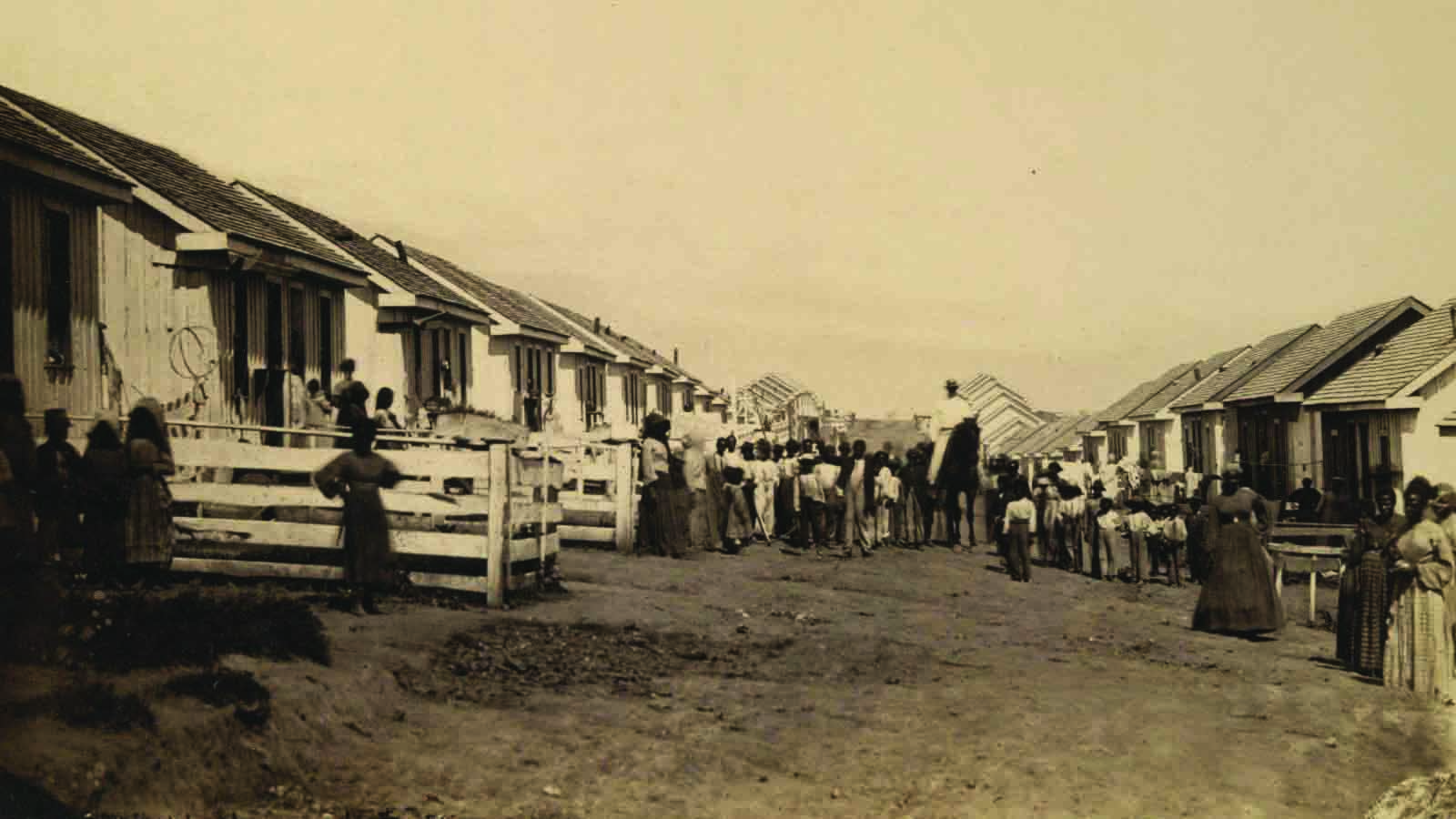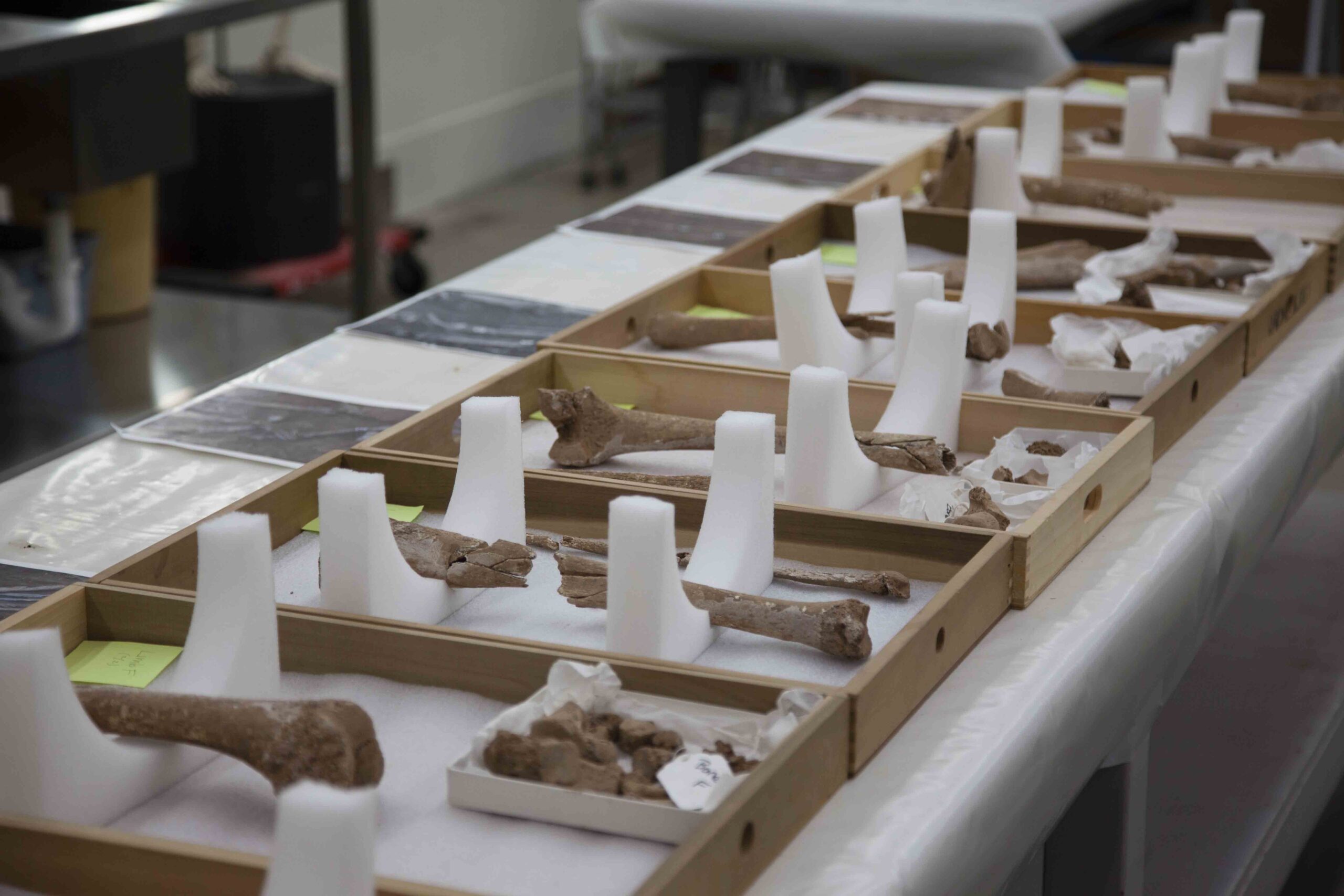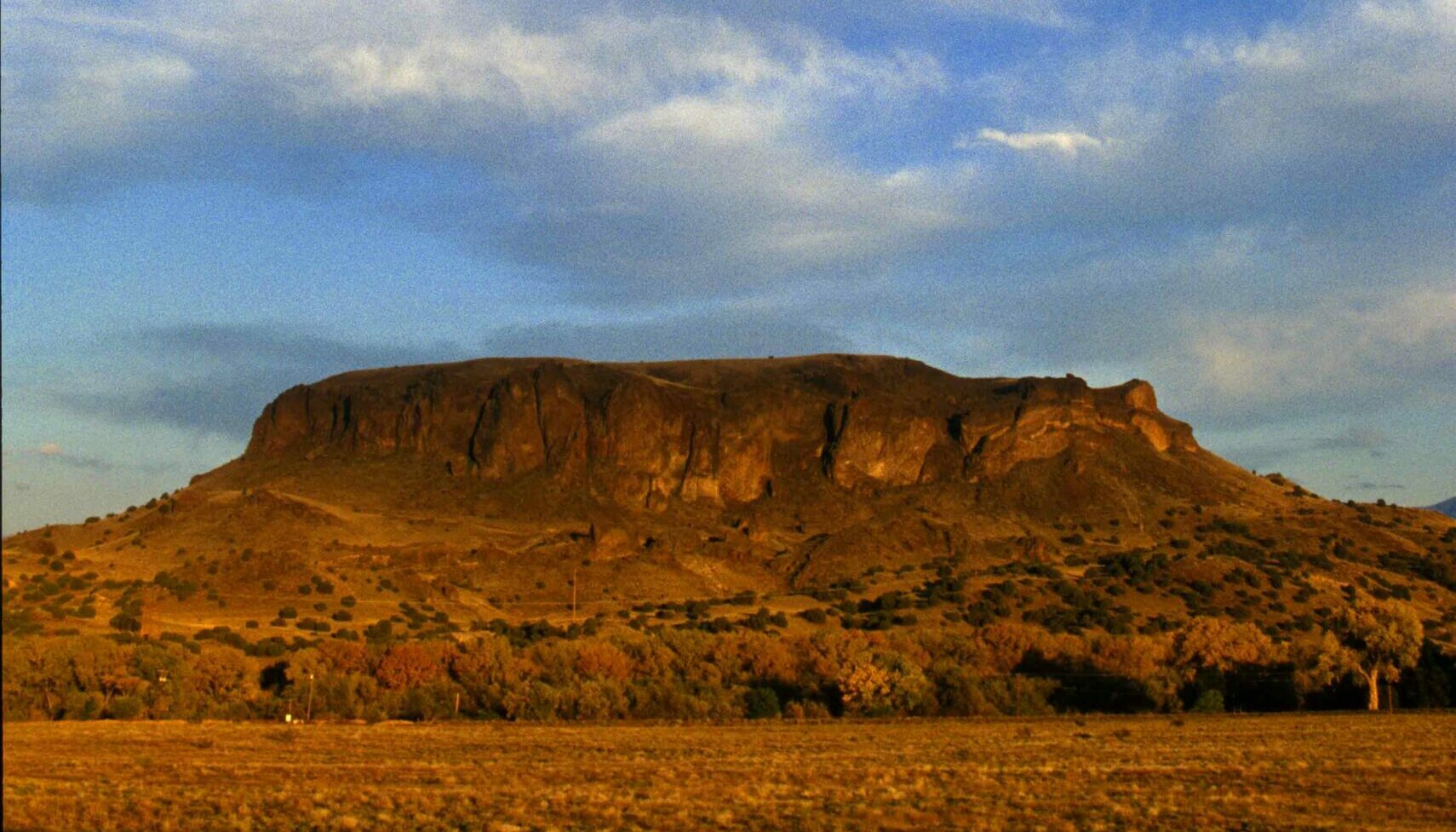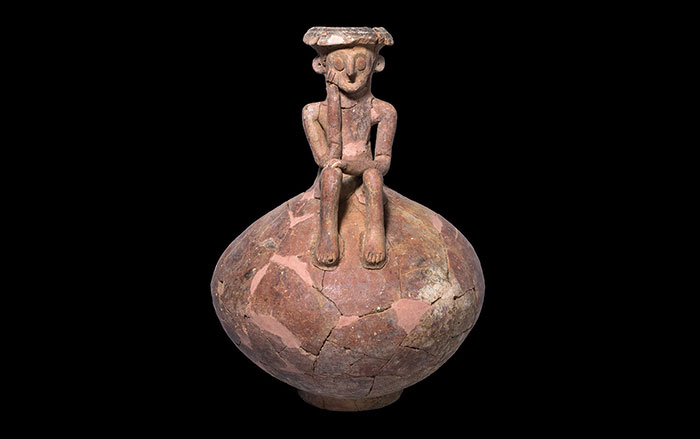
FRANKLIN, TENNESSEE—The Tennessean reports that archaeologists are looking for a missing piece of the Union Army’s front line earthworks in land recently acquired for Carter Hill Battlefield Park. On November 30, 1864, Confederate troops under the command of Lt. Gen. John Bell Hood attacked fortified positions held by Union troops led by Maj. Gen. John M. Schofield in what is known as the Battle of Franklin. Battle of Franklin Trust CEO Eric Jacobson said that archaeologists recovered fired bullets from an area of disturbed soil, including traditional Minie balls and Williams Patent “cleaner” bullets, which were used by Federal troops to clean musket barrels. “If you’re finding a fired Williams cleaner, that means they were so desperate they were using them and then it was hitting something: a Confederate,” Jacobson said. The Confederates “busted through this line and that’s why the fighting is so awful here.” The Confederates suffered heavy losses in both men and leadership at Franklin. The Union Army retreated to Nashville, where another battle wiped out Hood’s army about two weeks later. For more, go to “A Bold Civil War Steamer.”










